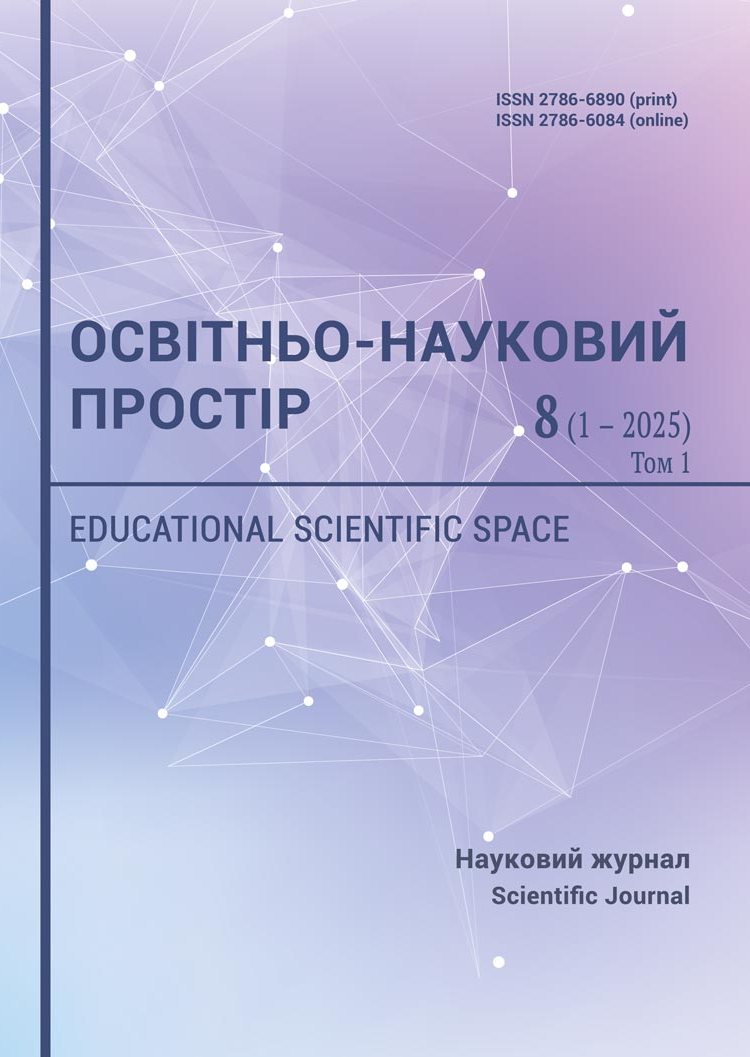Application of game-based learning technologies for the formation of a healthy lifestyle for primary school students
DOI:
https://doi.org/10.31392/ONP.2786-6890.8(1)/1.2025.11Keywords:
healthy lifestyle, primary students, game-based learning, physical development, health-preserving competenceAbstract
The article is devoted to the study of the formation of a healthy lifestyle (HL) in primary schoolchildren through the use of game-based learning technologies. The role of the game as an effective means of motivation and learning the basics of a healthy lifestyle is considered. The main aspects of the use of game technologies in education, their potential contribution to the promotion of healthy lifestyles and the effectiveness of their application for changing behavioural patterns are analysed. The use of board and outdoor games, such as «Healthy Way» and «Vegetables and Fruits», which help students learn the rules of healthy eating, physical activity and hygiene, is considered.
Particular attention is paid to quests and role-playing games, such as Health Superheroes and Doctor Aibolit, which develop children’s responsibility for their own health through teamwork. The article also highlights the role of digital applications, such as Be Healthy, Bebbo and Kids Health, which integrate educational components with modern technologies, providing access to interactive exercises, nutrition and physical activity recommendations. The effectiveness of mobile applications in improving children’s knowledge about health and encouraging them to lead an active lifestyle is emphasised.
The importance of physical education minutes in the format of a game («Repeat after me», «Living alphabet»), as well as video lessons with fun movements is considered. Particular attention is paid to the system of incentives that promotes the formation of sustainable healthy habits in children. It is concluded that the introduction of game technologies into the educational process contributes to an increase in the level of physical activity and awareness of the importance of a healthy lifestyle.
The presented materials can be useful for teachers, educators, parents who want to create an effective and interesting learning environment that will contribute to the harmonious physical and emotional development of primary school children.

